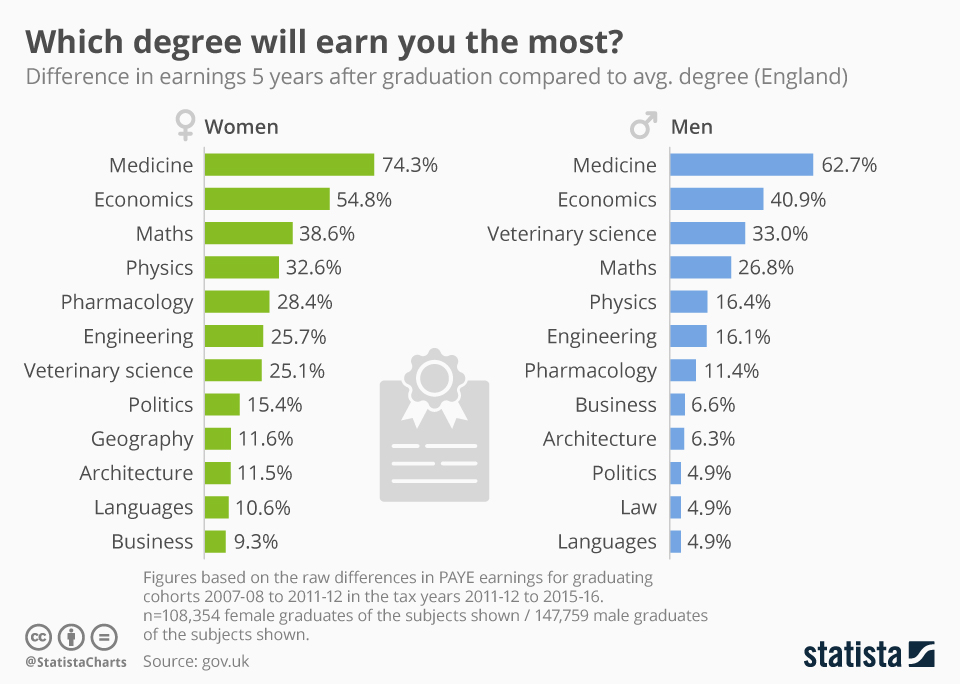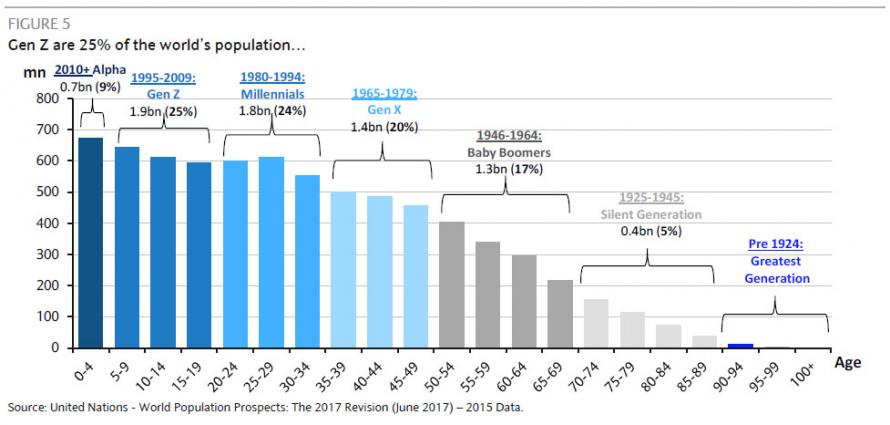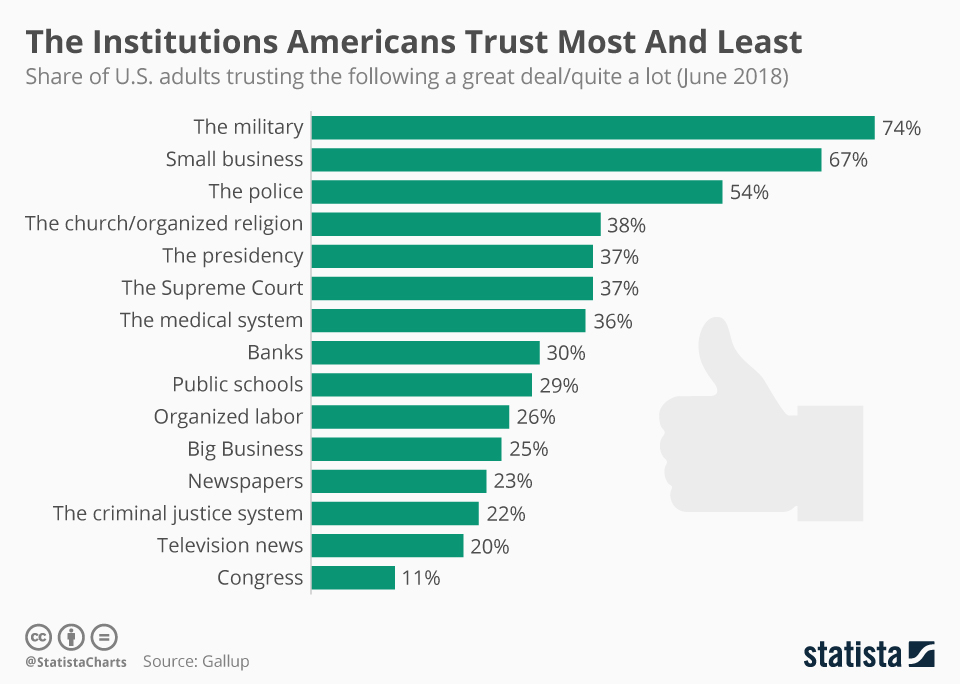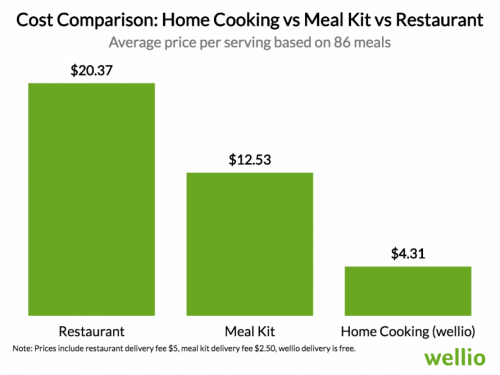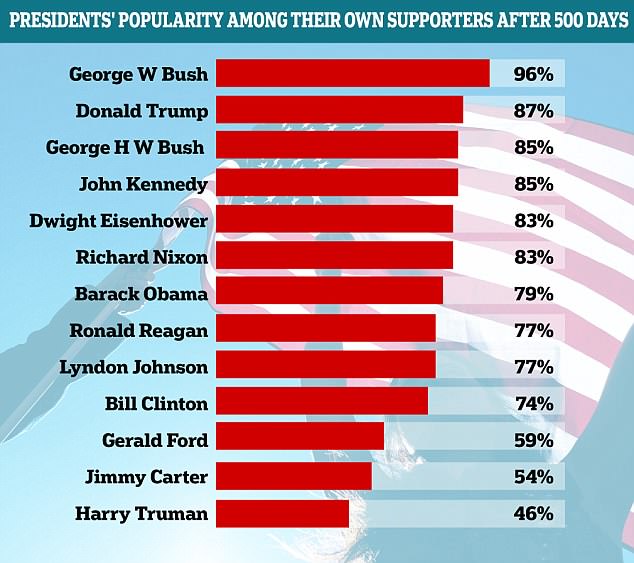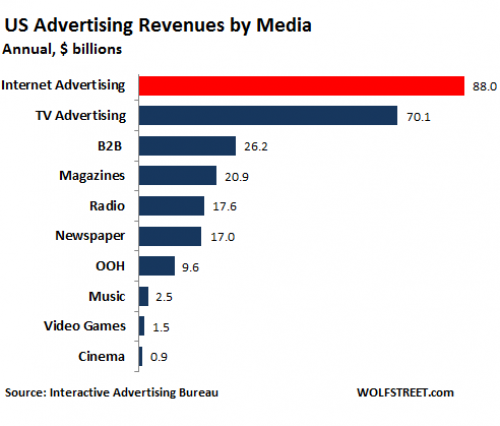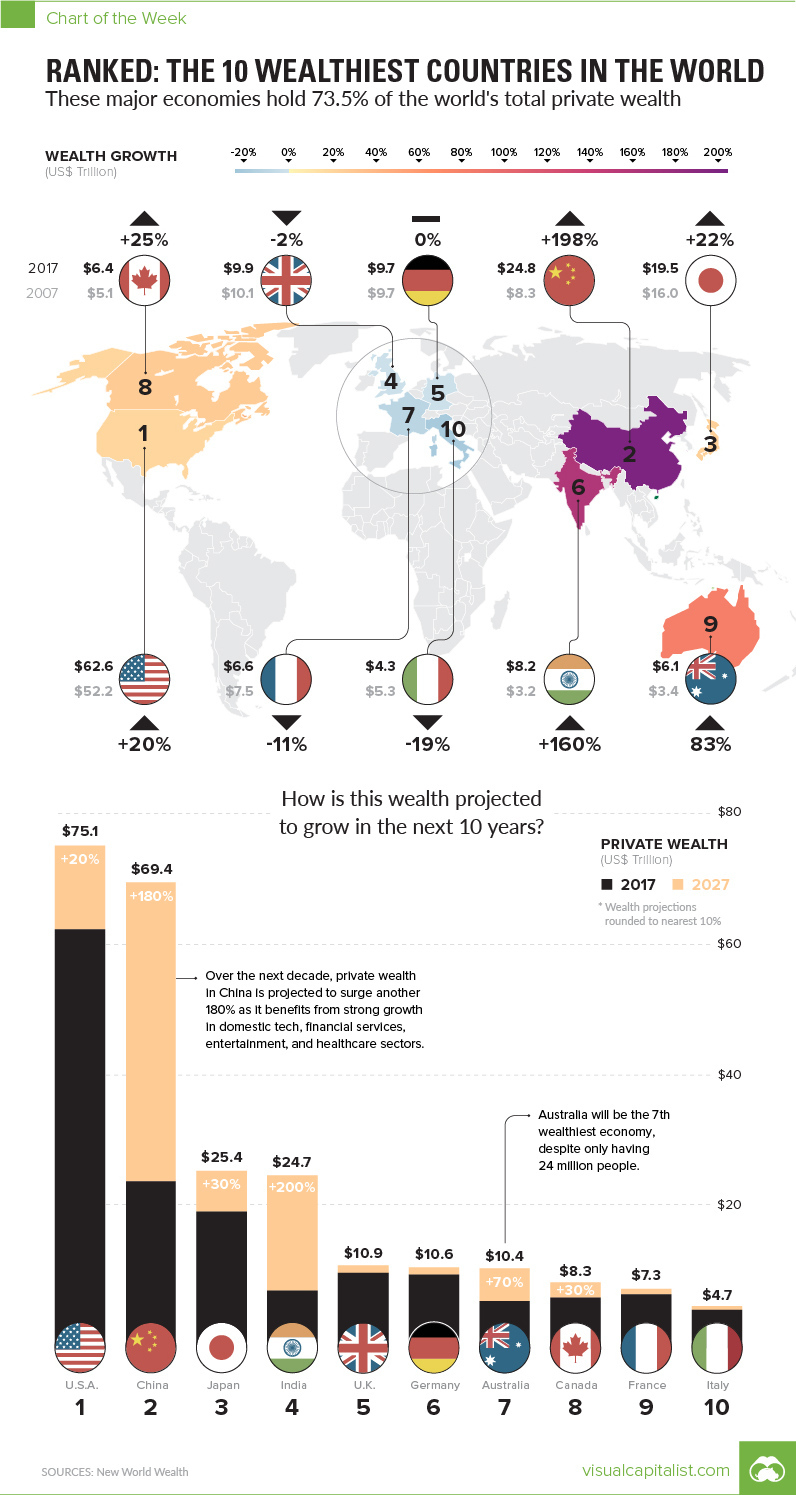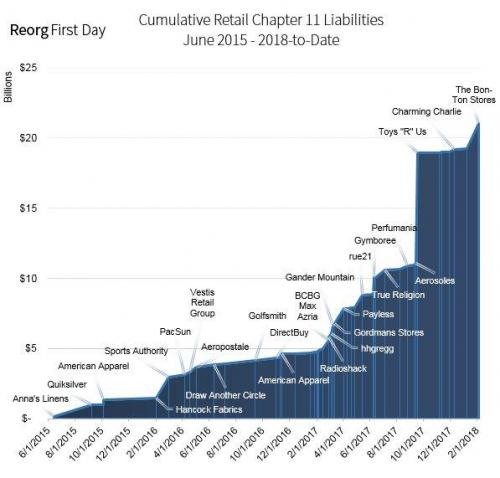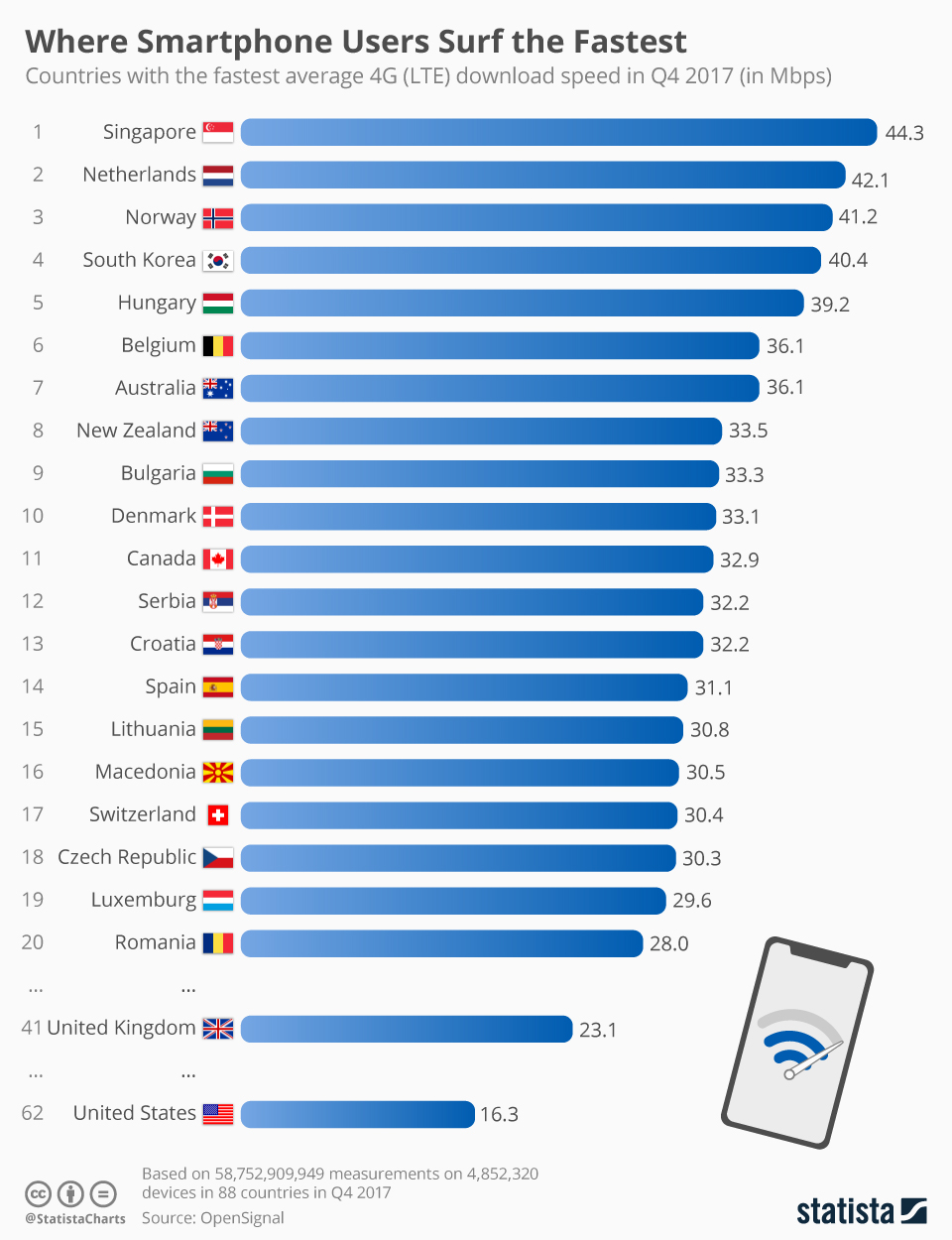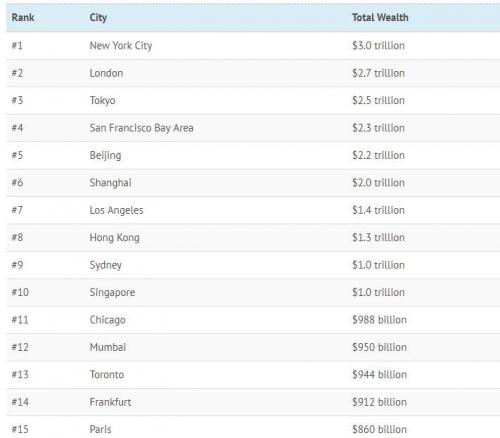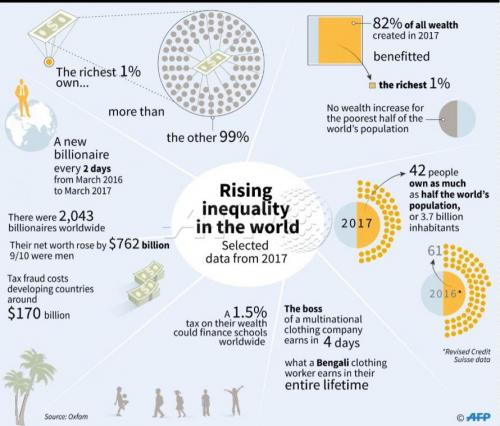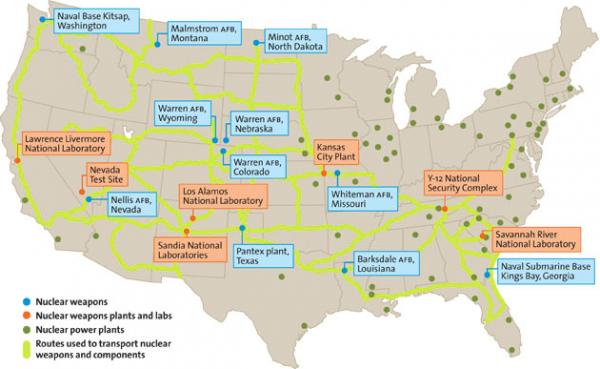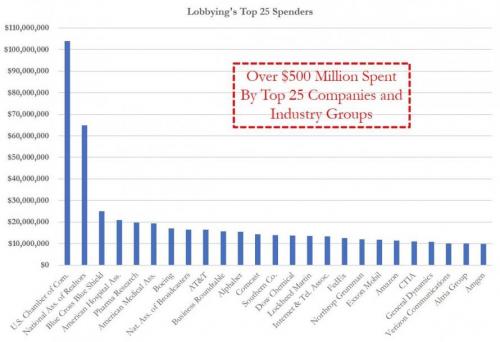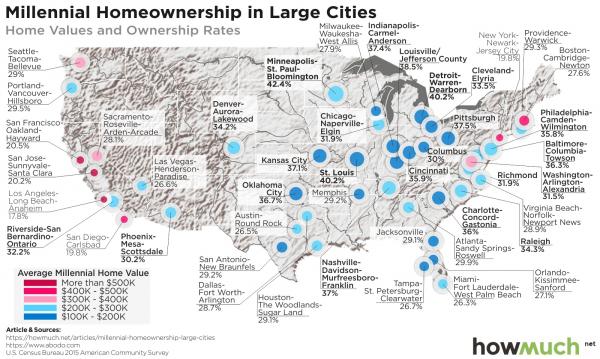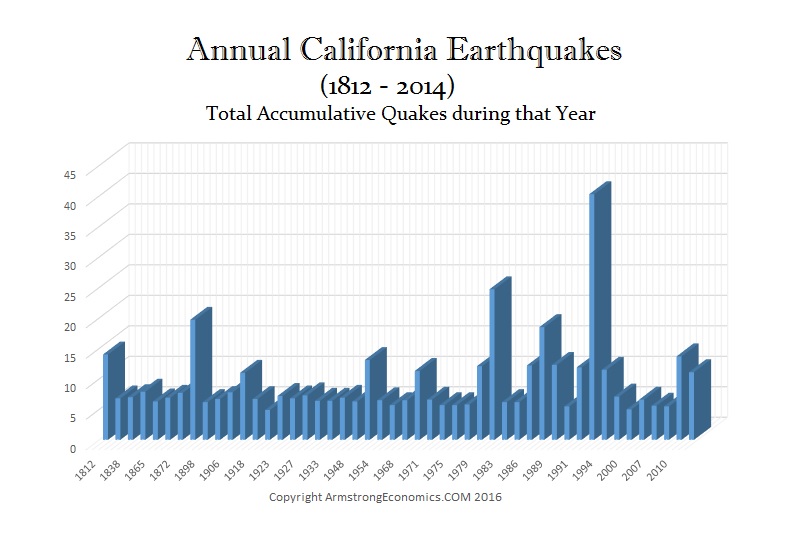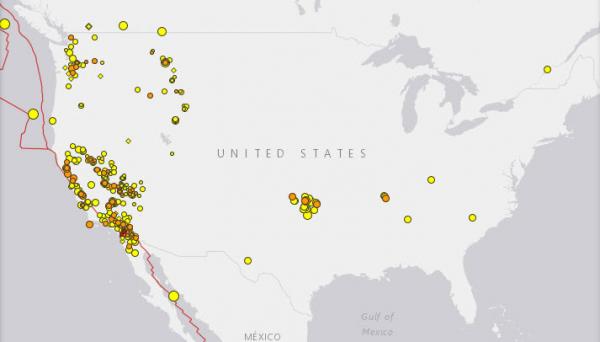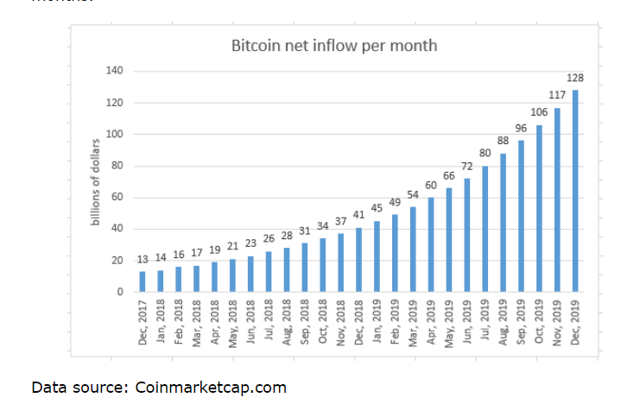Posted By thestatedtruth.com on October 20, 2018
Boy, wouldn’t your life insurance company like to know this!
Want to know when you’ll die?
UCLA biostatistician Steve Horvath stumbled across a reliable method of predicting a person’s lifespan based on 300-500 DNA markers which reveal whether someone is aging unusually fast or slowly compared to their chronological age, according to a recent research paper. And while it can’t predict the exact date and time of your demise (yet), it comes pretty close.
Horvath became particularly intrigued by how certain chemical changes to cytosine—one of the four DNA bases, or “letters” of the genetic code—make genes more or less active. Given someone’s actual age, looking for these changes in that person’s DNA can tell him whether the person’s body is aging unusually fast or slowly. His team tested this epigenetic clock on 13,000 blood samples collected decades ago, from people whose subsequent date of death was known. The results revealed that the clock can be used to predict mortality. –MIT Technology Review
Horvath, a straight man who grew up in Frankfurt, Germany with a gay identical twin, made the discovery while helping a colleague analyze biological data from the saliva of twins with opposite sexual orientations. The original goal was to determine whether chemical changes could indicate whether certain genes were turned on or off.
And while he wasn’t able to link homosexuality to so-called epigenetic changes (which alter the activity of DNA but not the DNA sequence itself), Horvath found a powerful link between epigenetic changes and aging.
“I was blown away by how strong the signal was,” he says. “I dropped most other projects in my lab and said: ‘This is the future.’”
Aging eight or more years faster than your calendar age equates to twice the typical risk of dying, while aging seven years slower is associated with half the risk of death, Horvath says. His lab has developed a new version that is such a precise life span predictor they named it after the Grim Reaper: DNAm GrimAge. The epigenetic clock is more accurate the younger a person is. It’s especially inaccurate for the very old. –MIT Technology Review
Luck vs. genetics
Horvath finds that around 40% of the speed of the epigenetic clock is determined by genetics, while te rest if due to “lifestyle and luck.”
As we age, the cytosine at hundreds of thousand of spots in our DNA either gains or loses methyl chemical groups (CH3). Horvath’s insight was to measure these increases and decreases in methylation, find the 300 to 500 changes that matter most, and use those to make his clocks. His findings suggest that the speed of the clock is strongly influenced by underlying genes. He estimates that about 40% of the ticking rate is determined by genetic inheritance, and the rest by lifestyle and luck. –MIT Technology Review
Scientist Morgan Levine, who completed postdoctoral research on Horvath’s lab and currently heads a lab at Yale, has begun to compare epigenetic profiles with profile cells extracted from the lining of a healthy umbilical cord. She thinks that she will eventually be able to predict who is at the greatest risk of which diseases, as well as determine how to delay aging.
“Your genes aren’t your fate, but even less so with things like epigenetics,” she says. “There definitely should be things we can do to delay aging if we can just figure out what they are.”
A few likely contenders are totally unsurprising. Eating a healthy diet including lots of vegetables and fish is associated with slower epigenetic aging. Feel older when you’re sleep deprived? It’s probably not a coincidence. Horvath has shown that people with insomnia are more likely to show accelerated epigenetic aging. “Everything you associate with a healthy lifestyle does relate to the new biomarkers in the expected way, which is a boring result, but it’s scientifically very exciting,” he says. –MIT Technology Review
Exercise is bullshit (ok, not entirely)
While diet and lifestyle are a significant factor in longevity, Horvath surprisingly found that regular exercise doesn’t add more than a few months to your life. That said, he says he wants like to look at changes in muscle too in order to see whether exercise makes a difference there.
Horvath hopes that refinements to his method will make it precise enough to reflect changes in lifestyle and behavior, as well as assist in the science of aging. While hundreds of millions of dollars have been thrown behind biotech solutions to slow down aging and defer disease, Horvath hopes that his clock might be able to help researchers determine whether various treatments are effective without having to wait 50 years to find out.
Insurance companies really like the cut of Horvath’s scythe
If there’s one group who would love a crystal ball when it comes to death, it’s the insurance industry. Companies such as Reinsurance Group of America have already begun exploring epigenetic clocks to “tweak and personalize risk assessments” for life insurance products, reports the Review.
Right now, rates are based largely on demographics—people’s gender and age—and a few health metrics, such as whether they smoke. The clock adds another useful data point.
Such personalization raises questions about fairness. If your epigenetic clock is ticking faster through no fault of your own, should you be charged a higher rate for life insurance? The Genetic Information Nondiscrimination Act of 2008—known as GINA—protects against discrimination on the basis of genes. But it doesn’t address epigenetics.
There’s also the issue of privacy. Your likely life span or true biological age is information that many consider intensely personal. For now, regulations and privacy policies don’t even consider the possibility of such information. But as the science quickly progresses, questions about how to use and protect this data will become ever more pressing. –MIT Technology Review
Death clocks for death panels?
Gal Salomon, CEO of Israeli company Clew Medical, which uses artificial intelligence to identify medical risks in hospitals, initially thought the notion of a death predictor was unethical. Then, he realized that it could help doctors “to understand where we need to stop.” Clew has developed an algorithm which can help doctors and family members switch from aggressive to palliative care, “overruling the typical instinct to provide heroic life-saving measures.” Clew’s technology can also alert a family that the end is near, according to Salomon.
That said, some have doubted the usefulness of Horvath’s death clock. “I haven’t seen any of these purported predictive algorithms be precise in terms of timing of death—to the contrary,” says Diane Meier, a professor of geriatrics and palliative medicine at the Icahn School of Medicine at Mount Sinai in New York City. “People live for a really long time with a very high burden of disease and frailty,” she says.
Sources: MIT Technology Review, Zero Hedge
Category: National News, Outliers, Research, Technology, Tid Bits, Uncategorized |
Comments Off on Want To Know When You’ll Die? UCLA Scientist Decodes Lifespan
Tags: Know When You Will Die, Life Time Clock, Will You Die On A Time Clock
